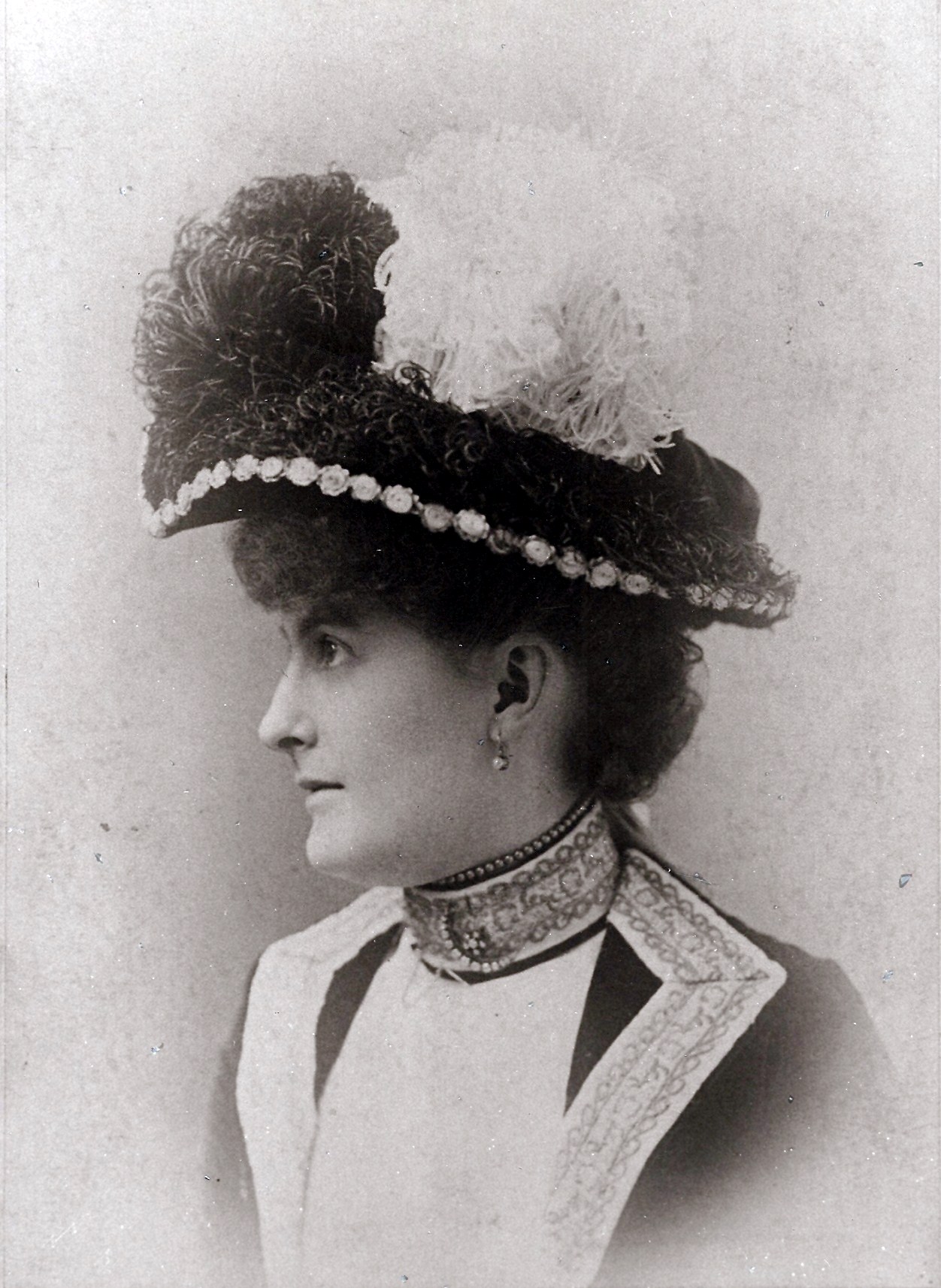
Susan Lawrence (1862-1946) came into the fortune of her industrialist father (Rheuna Lawrence) when she was in her late thirties, and promptly commissioned Frank Lloyd Wright to build her a fabulous mansion that now competes with Lincoln stops as a tourist draw in Springfield, Illinois.


















